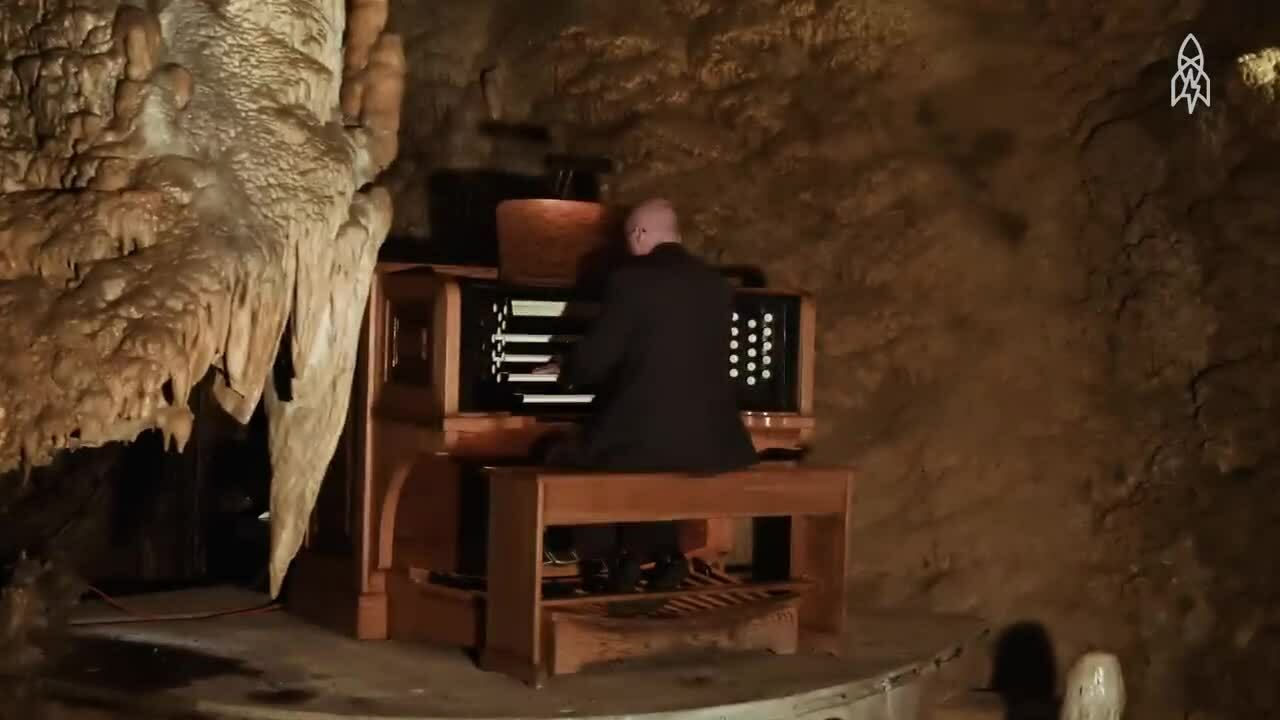The Great Stalacpipe Organ is made from stalactites in the Luray Cave system, giving it a sound that is unique in the world .
The world's largest musical instrument, the Great Stalacpipe Organ. Video : Great Big Story
The Luray Caves were discovered by tinsmith Andrew Campbell and his nephew on August 13, 1878. It is the largest cave system in the eastern United States, with countless stalactites and stalagmites.
The formation of the cave began hundreds of millions of years ago, when the area was part of an ancient seabed. Over time, sediments compressed, forming a type of limestone called dolomite. When two continents collided 300 to 500 million years ago, forming the Appalachian Mountains, the rock was pushed upward and became the area known today as the Cave Hills. The caves were formed when acidic water seeped through cracks in the rock, and stalactites and stalagmites developed from the calcium carbonate deposited by the water droplets.
Not long after the cave was discovered, people began to notice its acoustic properties, and concerts were even held there, according to an 1880 book. The book's author said that when a guide tapped the stalactites with his fingers, they would emit sweet, seductive sounds.
In 1954, mathematician and electrical engineer Leland Sprinkle and his son visited the Luray Caves, where a tour guide demonstrated that stalactites of different sizes made different sounds.
Sprinkle decided to build the world's largest musical instrument, the Great Stalacpipe Organ. He spent three years scraping stalactites to create the right notes, leaving two of the 37 stalactites intact because the sound was already ideal. He then created a system so that when the organ keys were pressed, an electrical signal would be transmitted to a percussion device, which would strike the corresponding stalactite.
The results were stunning, and varied, depending on where the listener was in the cave. “Cave acoustics are not uniform. Some places don’t bounce back much, others do. The more porous or uneven the cave walls are, the less reverberant the sound will be,” explains archaeological acoustician David Lubman.
The giant instrument covers a total area of about 14,100 square meters and is not easy to play because the time between pressing the keys and hearing the notes is nearly a second. In addition, stalactites are scattered throughout the cave, so the time it takes for the notes to reach the player's ears is not the same. For convenience, the instrument is now automated when playing for visitors.
Thu Thao (According to IFL Science )
Source link


































































































Comment (0)